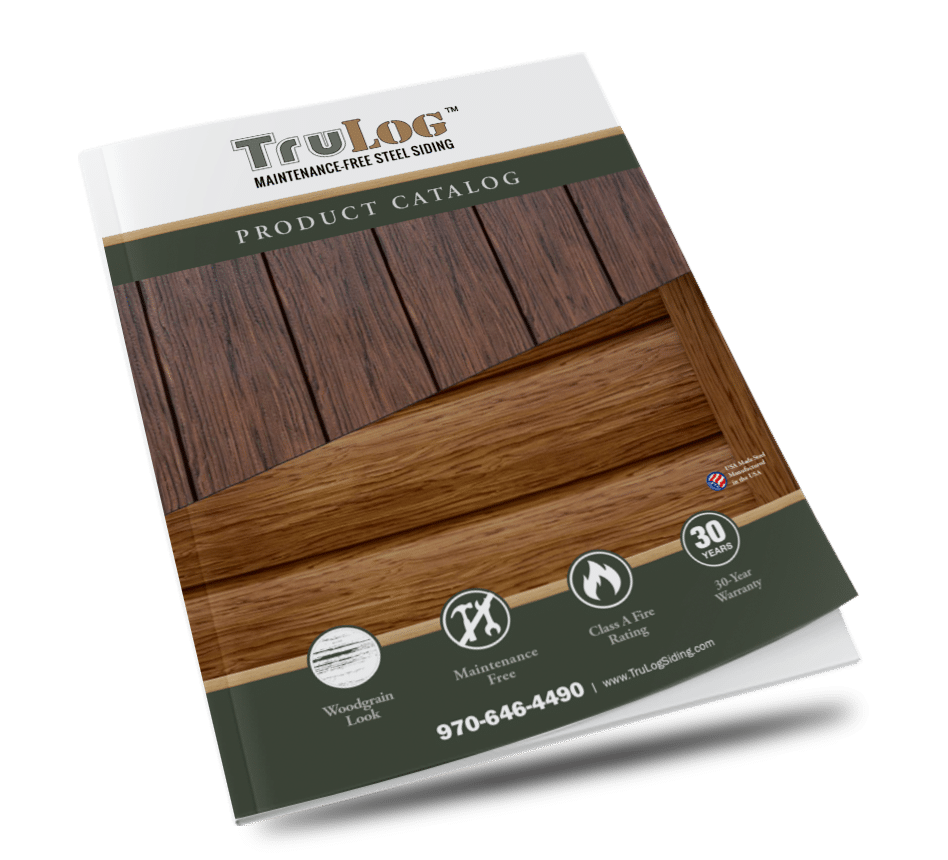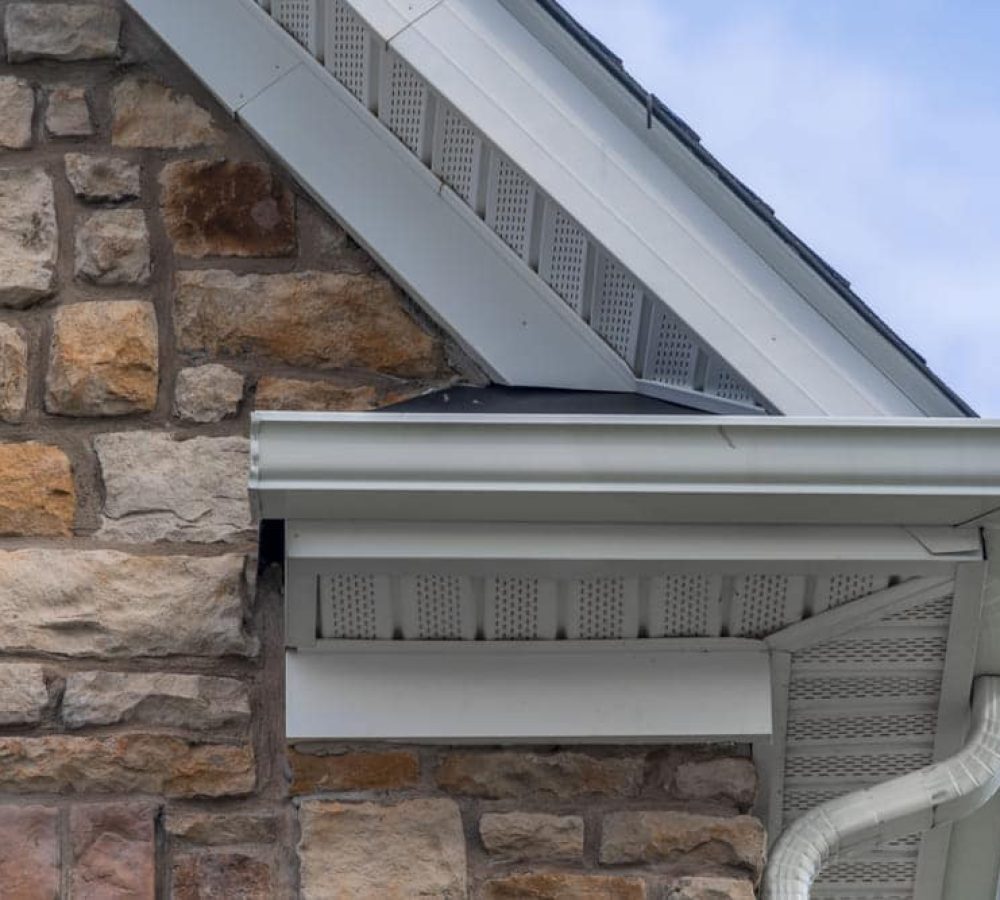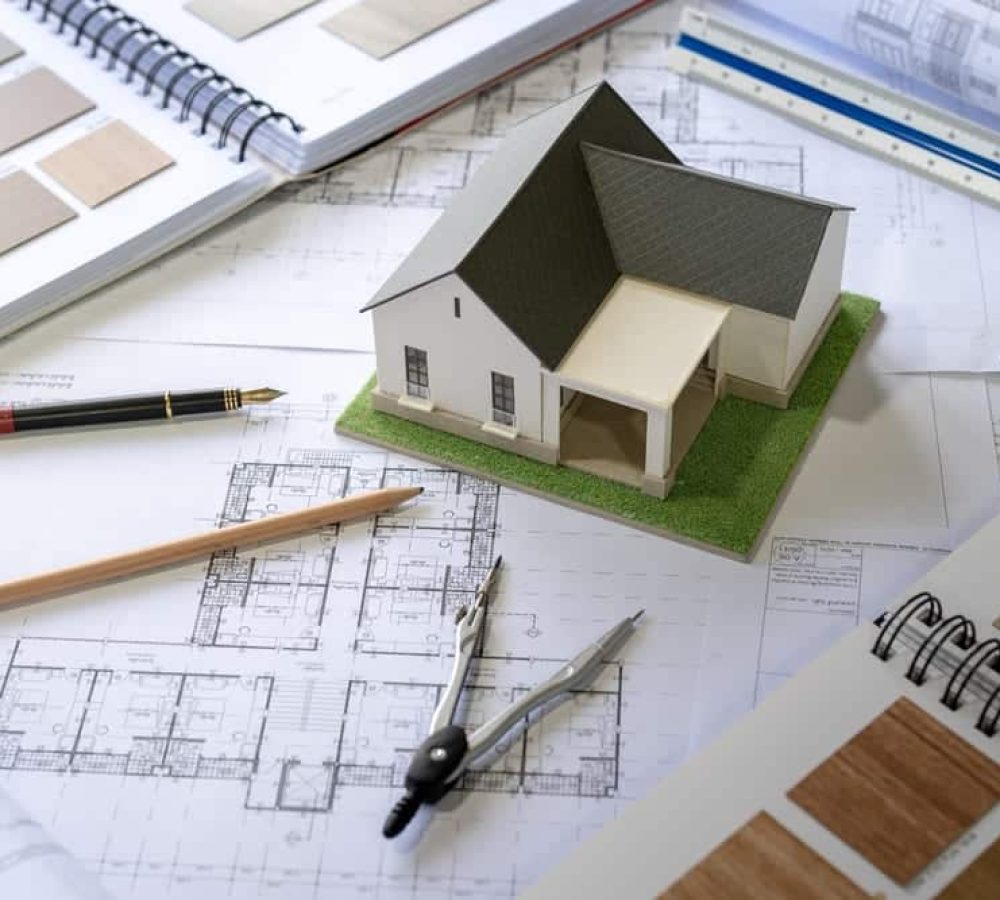When considering home siding options, there are countless considerations. Aesthetics is one. Cost is another.
But more than anything, durability should be at the top of your list. After all, the more durable your home’s materials the more likely it is to stand up to the elements.
Wood and vinyl siding were popular for much of the 20th century thanks to their low cost and perceived durability. However, what were perceived as two durable materials soon revealed their inherent flaws.
Vinyl, despite being inherently water resistant, is terrible at standing up to direct sunlight and heat. When installed in hot weather climates, homeowners have noted their vinyl siding actually melting!
Moreover, wood siding, though cost effective, is prone to rot, discoloration, and more. It is even required to be treated with fire-retardant chemicals in fire-prone areas due to its flammability.
It is perhaps for these reasons and more that fiber cement siding has seen a slow but steady rise in popularity in recent years. Of all the brands that offer fiber cement board, James Hardie is among the most common.
But what are Hardie boards made of? And are there any considerations when installing them? Read on to learn all about what is Hardie board siding.
What is Hardie Board Siding History
The Hardie board product was invented by house product company James Hardie. The impetus for its invention was the creation of a reinforced siding material that was free of asbestos. What resulted was Hardie board, a siding product unveiled in the mid-1980s.
What is Hardie Board Made Of?
The composition of a Hardie board is actually no different from any other fiber cement product. It is made from just a few simple ingredients:
- Portland cement, which is a mix of limestone, clay, and gypsum;
- Sand;
- Water;
- Cellulose fibers;
- And proprietary additives.
Once properly mixed together, you get a fiber cement board like a Hardie board. However, it’s not just those proprietary additives that differentiate a James Hardie fiber cement board from the competition.
Wood-like Looks
Hardie boards are celebrated for their wood-like appearance. While the company does offer smooth plank siding, its signature product is a fiber cement board made to look like wood.
Natural-looking grooves and graining are pressed into the board itself. Variation and organic imperfections are added so that no two boards are identical. What results is a board that looks like a traditional wood plank siding product but comes with extra perks.
What is Hardie Board Used For?
Hardie board can be used on any building project that requires siding installation. This could include:
- Private homes
- Shared homes and condominiums
- Apartment complexes
- Businesses
- Large office buildings
- Industrial structures
- And more.
There really is no limit to what is Hardie board used for, as it is installed and lasts just like most other siding products.
Hardie Board’s Drawbacks
While Hardie board is a popular siding material, it is not inherently perfect. When asking the question of what is Hardi board, we must also consider some of the material’s downsides.
Hardie boards are heavy. This is thanks to their cement composition. While this may not be a dealbreaker for some builders, consider this:
- Heavy materials are more costly to ship
- It can be difficult to install Hardie, as it is inherently heavy
- Heavy siding may be improper for use as a building material on some types of foundations and land plots
James Hardie fiber cement siding also comes with a product warranty. This is true of many James Hardie products. However, the warranty is honored only if the product is properly installed. This means DIYers and your average handyman are off the table where the installation process is concerned.
Lastly, the Hardie board is an expensive product. It is long-lasting, which means fewer replacements over the life of a home. But its up-front cost means it might be out of reach for some homeowners.
Discover the Benefits of a Better Durable Siding Material
Home renovators looking for a durable, simple-to-install, and affordable siding product aren’t out of luck, though. Wood-look metal siding is a great alternative to Hardie board. It offers lasting, fire-resistant looks at prices your average homeowner can afford.
TruLog Siding carries just such a siding product for your home exterior. Our metal siding styles, colors, and variations can suit nearly every kind of home. Get an estimate today!





